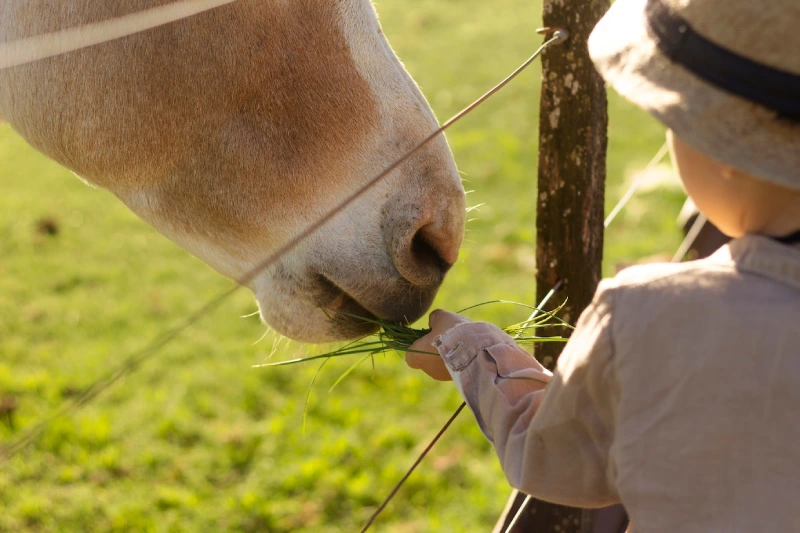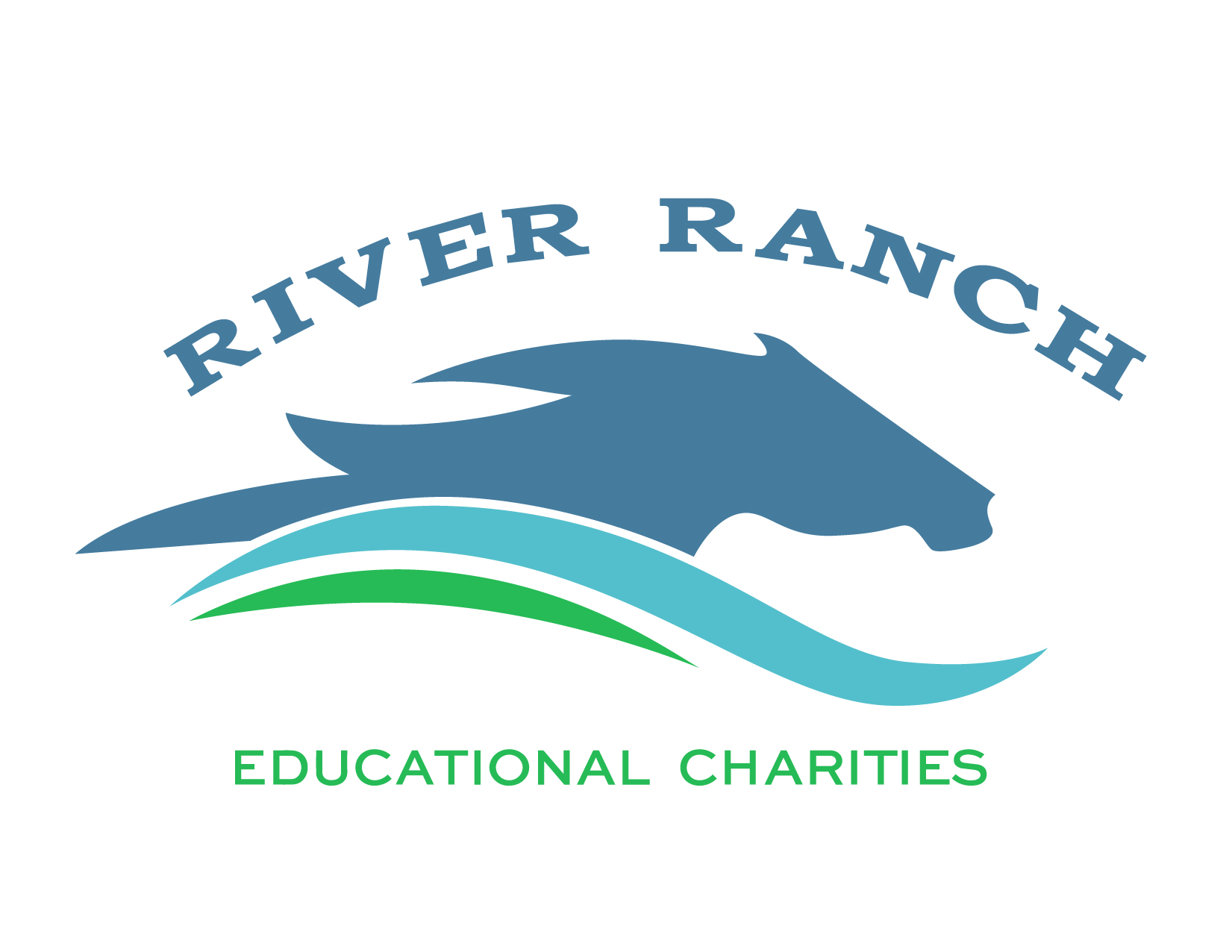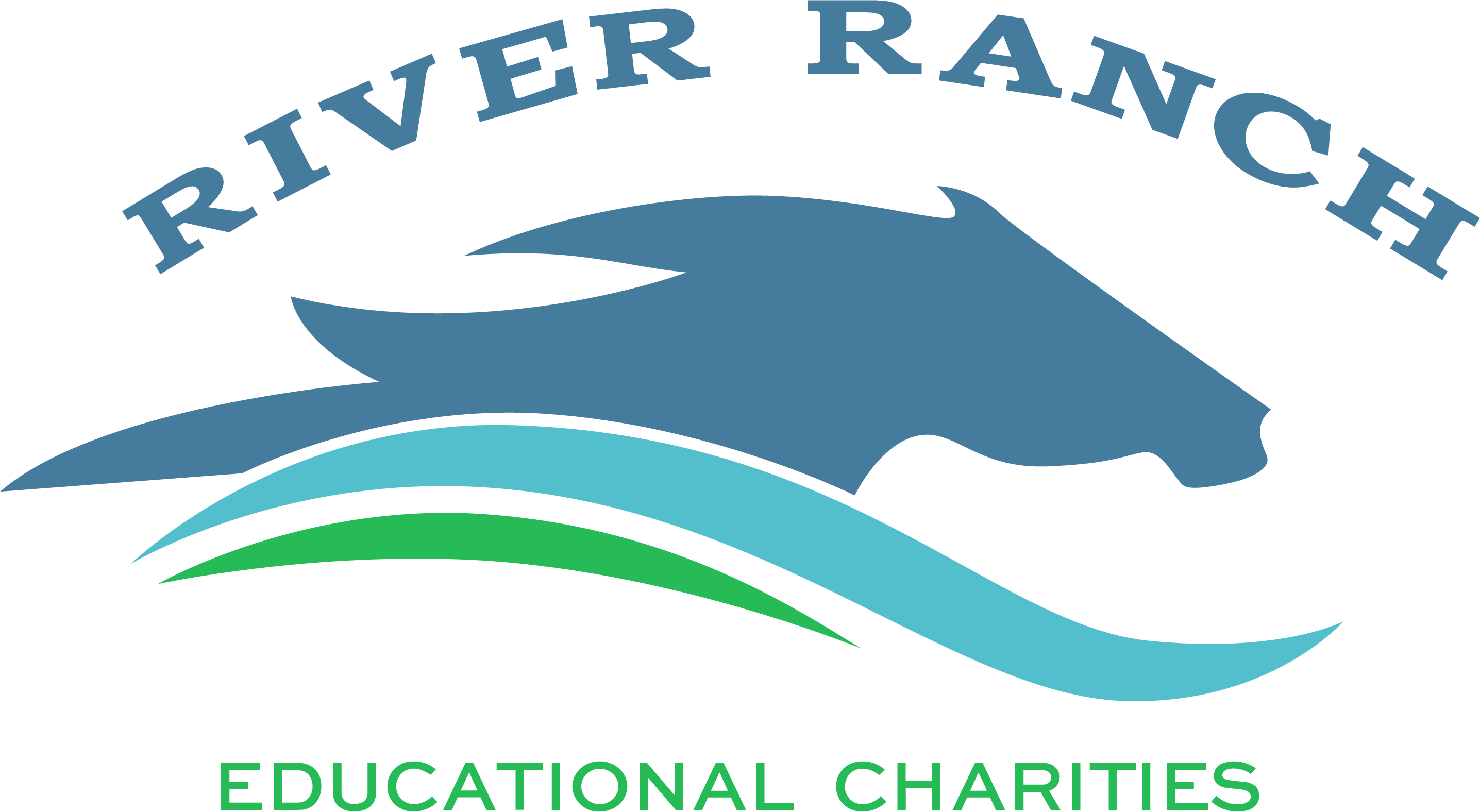Horses are magnificent creatures that have been domesticated for a very long time. A horse must be properly nourished to remain healthy. We will look at the different parts of a horse’s diet in this article and address the concern of whether it is safe to feed horses by hand.
Grass and Hay
The two main components of a horse’s diet are hay and grass. These forages contain vital fiber that helps promote digestion and digestive function in horses. Since they are grazing animals, horses are made to consume tiny amounts of food often. Their lengthy digestive tracts need a steady supply of fiber to function properly.
Timothy or Bermuda grass is a good source of nutrients for horses. It offers a healthy combination of protein, carbs, and minerals and is high in fiber. Horses need to be given hay frequently, ideally two or three times daily, in small amounts throughout the day. This keeps the horse’s stomach from becoming upset and ensures a steady flow of food.
Grain
A horse’s diet is frequently supplemented with grain. It has a lot of energy and can be used to help horses who are working hard or who are underweight retain their weight. A balanced intake of nutrients is provided by grain blends, which are frequently enriched with vitamins and minerals.
It’s crucial to remember that horses can maintain a nutritious diet without grain. In fact, overgrazing can cause health issues like colic, laminitis, and obesity. Only in moderation and with the advice of a veterinarian or equine nutritionist should grain be administered to horses.
Treats
Many horse owners take pleasure in rewarding or showing their love for their horses with treats. Although giving goodies to a horse occasionally might be entertaining, it’s best to use moderation. Apples, carrots, and sugar cubes are a few frequent treats for horses.
It’s important to select snacks that are suitable for horses to consume. Items like chocolate, avocados, and onions should be avoided because they can be poisonous to horses. Moreover, treats should only be provided sparingly and should not constitute a sizable component of a horse’s diet.
Hand-feeding a horse may be entertaining and satisfying for both the horse and the handler. Horses can become violent or bite if they feel threatened or if they are not used to being hand-fed, therefore it is crucial to use caution when feeding them by hand.

If you are planning on feeding a horse please note, hand feeding should be introduced to horses gradually and gently if they are not used to it. It’s crucial to approach the horse quietly and to position the food so that it is simple for the animal to see and access. It’s also important to pay attention to the horse’s body language and to back off if it exhibits aggressive or uncomfortable behaviors.
Horses can be fed safely if a few simple safety measures are taken. To prevent being unintentionally bitten, the person feeding should always offer the food with an open hand while keeping their fingers together. Furthermore, it’s crucial to avoid standing in front of the horse, which can be seen as intimidating, and instead to the side.
A horse’s health depends on eating the right things. The staple foods for horses are hay and grass; grain should only be given occasionally. Adding treats to a horse’s diet can be entertaining, but they should only be provided in moderation. If done correctly, hand feeding horses can be safe, but it’s crucial to use caution and pay attention to the body language of the animal. Horses are able to live long, healthy lives with the right care and diet. They are beautiful creatures and they will continue to be a part of our community. Always seek the help of a professional if you are unsure of how to properly feed or care for a horse.


